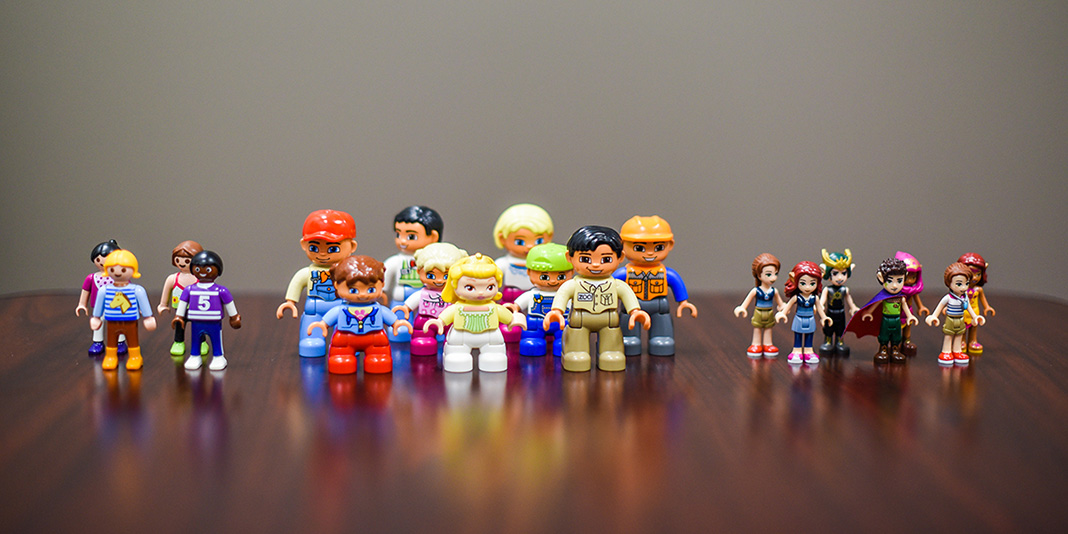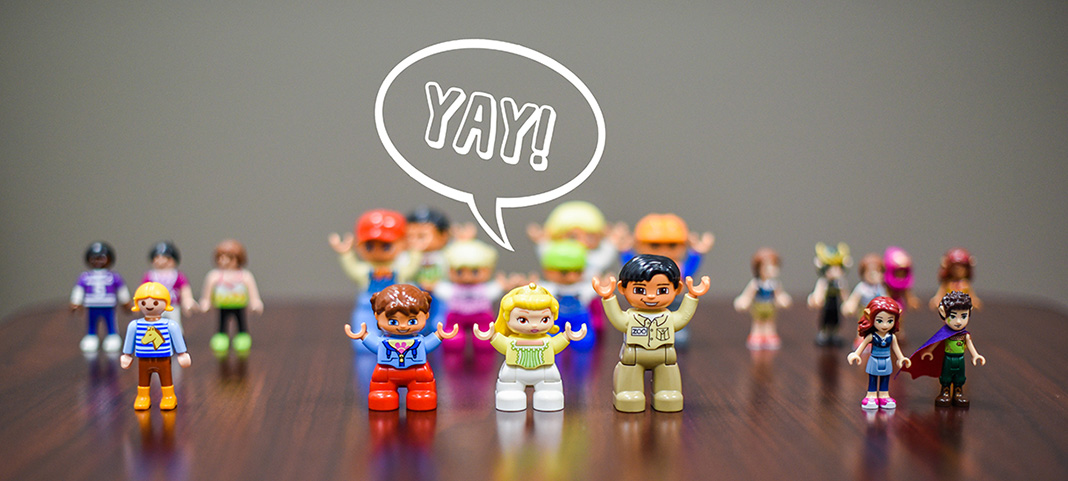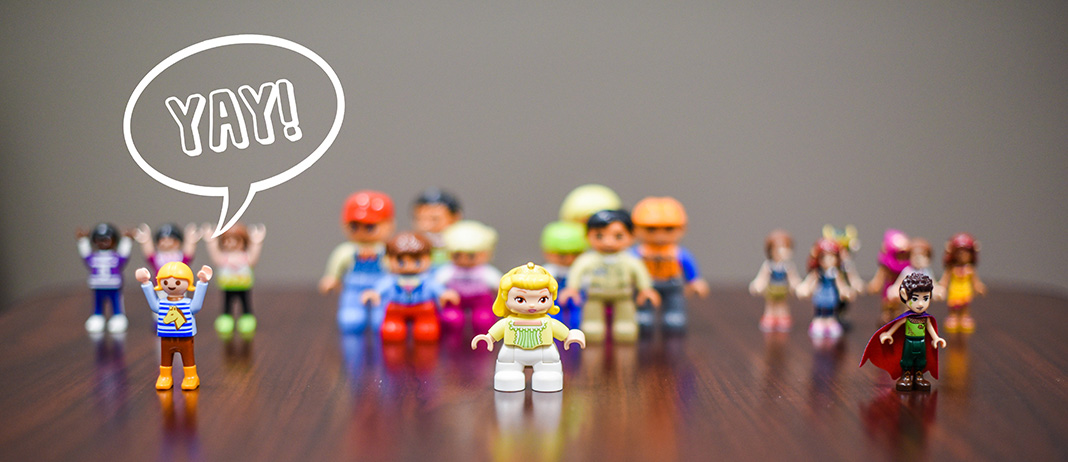
My oldest daughter learns verbally. She reads with understanding and incorporates new vocabulary into her responses to questions about material she’s learning. That makes teaching history to her easy and enjoyable. I am verbal, too, when sharing historical narratives and explaining conflicts of the past.
So I was surprised when she started struggling early in third grade. She wasn’t failing quizzes or even struggling to answer my comprehension questions, but I could tell she wasn’t getting it. More importantly, the joy was slipping away.
History’s Challenge
Some of the most exciting parts of history revolve around explorers, generals, and inventors. We enjoy teaching the feats of these larger-than-life individuals that feed our children’s imaginations. But some of the most significant turning points in history involve legal documents. These documents addressed the most contentious issues but often feel stale and irrelevant to our young children.
For my daughter and me, one challenging document is the most important document in American history—the Constitution. In talking about it with my daughter, I could tell from her responses and glazed eyes that debates over representation weren’t exciting her. But I knew this was too important for her to miss.
Legos and History
The next evening, I asked my daughter to find all of our Lego, Duplo®, and Playmobil® mini figurines. We were going to do some Lego role-play.
We divided up the mini figurine groups based on type and called them “states.” The Duplo “state” had the highest population of the three, and the Playmobil “state” had the smallest population. Then we worked through the proposals for representation at the Constitutional Convention.
Under Madison’s proposal, we decided that each “state” received one representative for every three “people.” After counting out the representatives, I asked, “Who would like this proposal?”
She responded, “The Duplo people!”
“Why do they like it?”
“They get the most votes in Congress.”

“What about the small state proposal?”
“They would get one vote each.” So we worked out representation for the “states” under this proposal.
“Who likes this proposal?” I asked.
“The Playmobil people because they get an equal vote.”

Finally, we worked through the Great Compromise. By the end of the lesson, I could see the Lego role-play had really helped her grasp an important concept in civics.
Making History and Civics Concrete
Usually when we read about history or civics, it’s abstract—at least to some degree. Illustrations and photographs can help turn those concepts into something your child can see. But many such discussions may be difficult for a child with relatively few life experiences to relate it to.
Role-playing enables you and your child to take these abstract ideas and make them concrete—so concrete that you may find yourself pushing “Lewis and Clark’s boats” up the “Missouri River.” This fun, family-building experience helps your child turn verbal details into active learning.
Checking Your Child’s Learning
Let’s suppose I think my daughter has a handle on the idea of supply and demand. It may even appear that she grasps how railroads and steamboats affected the relationship between farms and cities.
But when we role-play it, I can see what my daughter really understands as she recreates a city and a farm. We can talk through how railroads enable farms farther from the cities to support larger populations in those cities. When she uses supply to describe the “food” and demand to relate to the mini figurines that are “hungry,” I can tell that she gets it.
I’ve found that these hands-on activities make powerful assessment tools for evaluating my child’s learning.
Choosing Hands-on Learning
If your child is beginning to get that glazed-over look as you discuss US history, break out a hands-on activity. We used Legos, but you can use stuffed animals or Popsicle® stick people instead. Help your child by turning abstract readings about the past into active, hands-on learning.